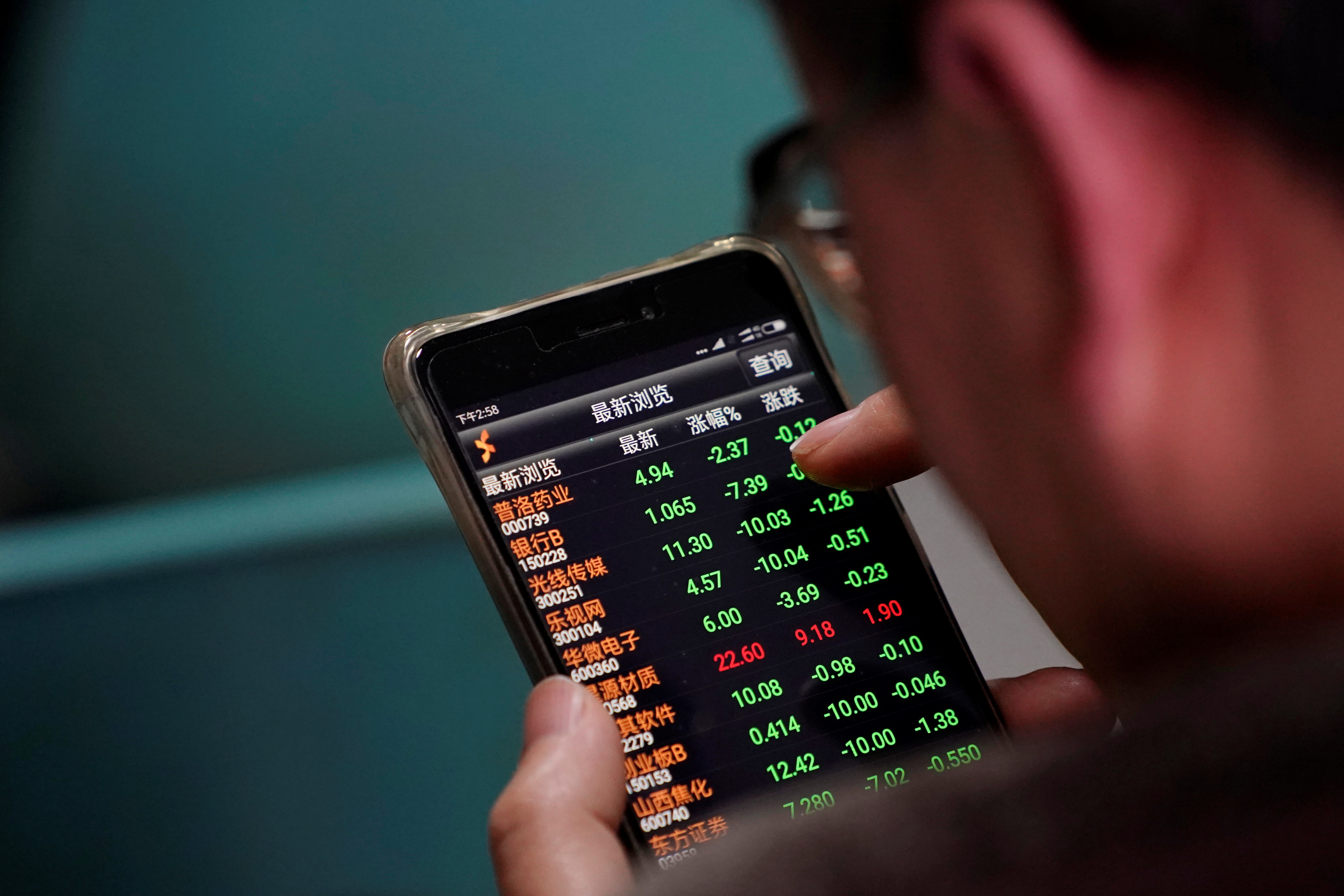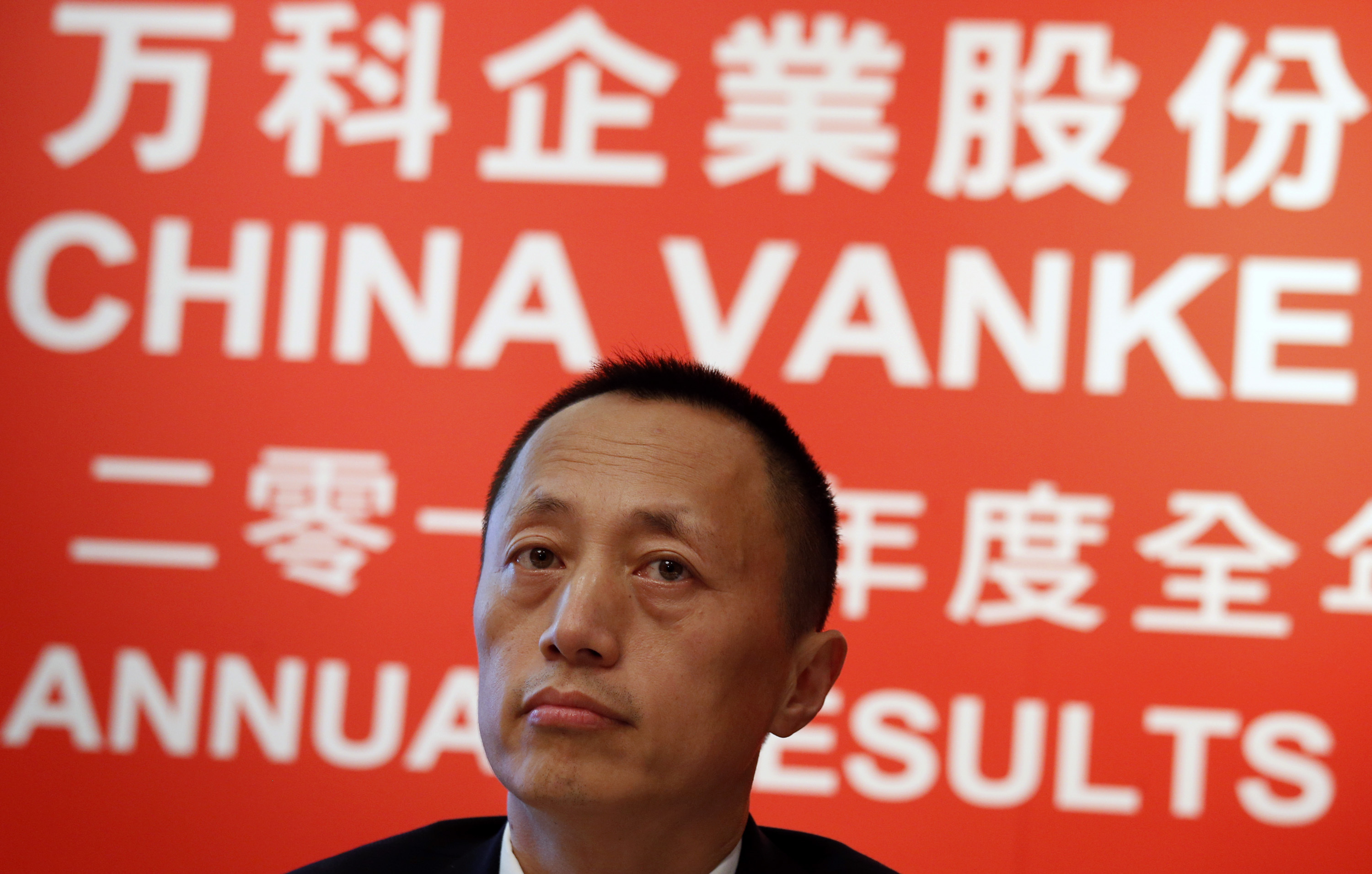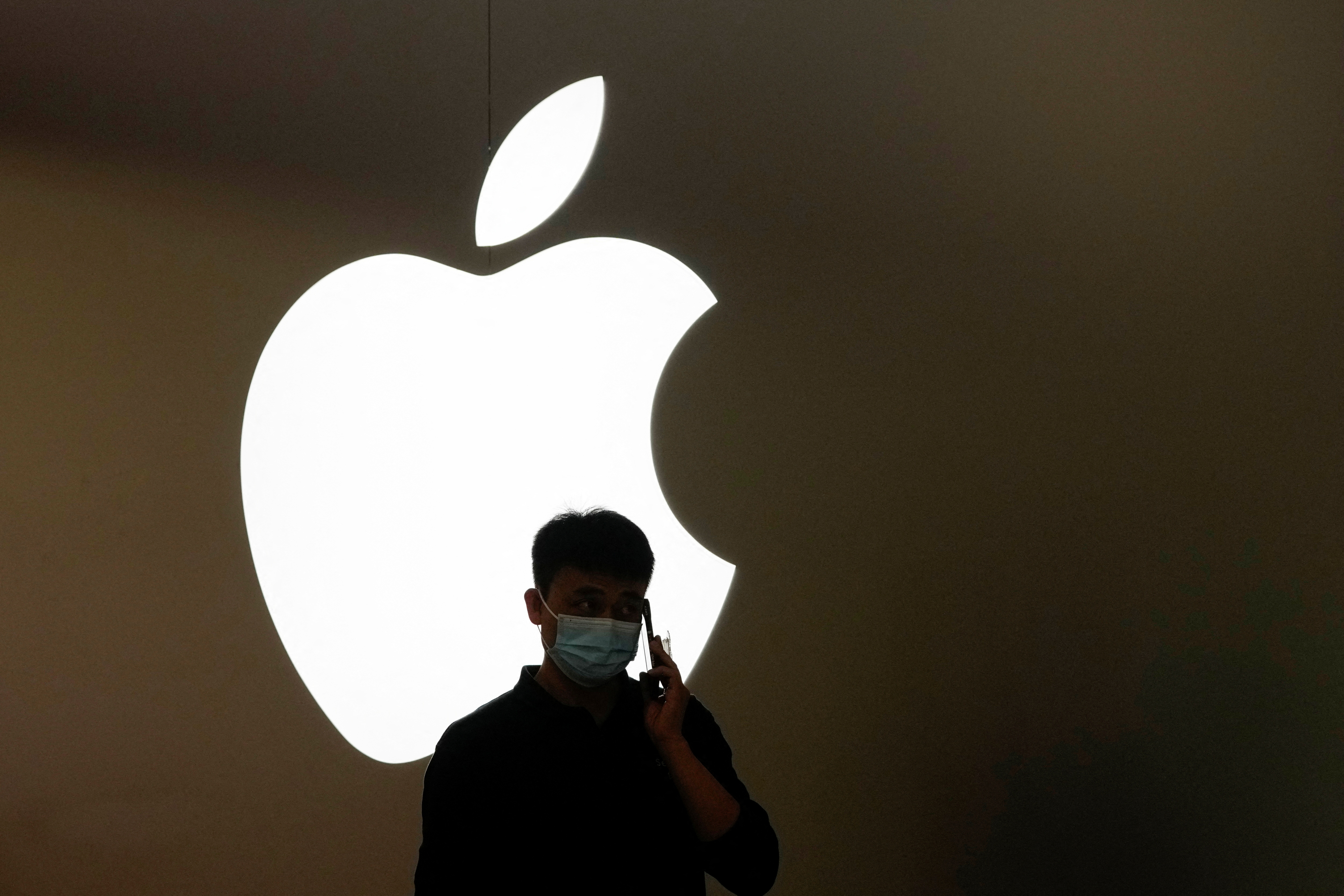Investors’ China aversion is bad for everyone

An investor checks stock information on a mobile phone at a brokerage house in Shanghai, China February 9, 2018. REUTERS/Aly Song Acquire Licensing Rights
MUMBAI, Sept 7 (Reuters Breakingviews) - China is no longer the hottest global trade. It’s only five years since the People’s Republic reached a milestone in its financial opening to the world when MSCI added onshore Chinese stocks to its widely followed global equity indices. Now Western investors have slashed their exposure to the planet’s second-largest economy. Part of the retreat looks permanent.
It’s normal for international capital flows to wax and wane. Many fund managers who have shrunk their China portfolios have also reduced allocations to other emerging markets. With the U.S. Federal Reserve hiking rates and the People’s Bank of China simultaneously lowering borrowing costs, ten-year U.S. Treasury bonds now yield around 160 basis points more than the equivalent Chinese government debt and is near the widest gap since 2007.
Yet there are deeper reasons to be wary of investing in China. The $18 trillion economy will probably miss its 5% growth target in 2023 and may continue to disappoint while President Xi Jinping squeezes the debt-laden property industry, where developers like Country Garden (2007.HK) are on the edge of default. Xi’s heavy focus on national security, as demonstrated by crackdowns on tech giants including Tencent (0700.HK) and soon-to-be split up Alibaba (9988.HK), , suggests a lack of concern for international investors.
Fund managers also fear being forced to sell if the United States expands investment restrictions relating to artificial intelligence and advanced chips, or slaps sanctions on China.
FIERCE RESTRAINT
As a country on the cusp of high-income status, China ought to be a magnet for overseas investors. Yet their aversion is evident across multiple channels and persists despite cheap valuations. Companies in the MSCI China Index trade at 10 times their expected earnings for the next twelve months, half the level of the S&P 500 Index.
Actively managed mutual funds, which can choose where to deploy capital, are close to trough allocations to Chinese equities over the past ten years. Their exposure was in the second percentile at the end of June, where the 100th percentile indicates a fund’s previous peak weighting. That’s down from the 41st percentile in January 2023, when optimism about China’s reopening was high, EPFR data cited by Goldman Sachs shows. Active funds focusing on emerging markets are closer to median historical allocations, but still down from the 86th percentile earlier this year. Meanwhile, China-focused hedge funds are shutting shop.
Fund managers which track benchmark indices have less wiggle room. Chinese equities - including shares listed in Hong Kong and the United States - represent just 3.1% of the MSCI All Country World Index. That’s less than the weighting for individual companies like Apple (AAPL.O) and Microsoft (MSFT.O). Yet despite recent underperformance China still accounts for almost 30% of MSCI’s Emerging Markets Index. China’s share of the benchmark would also rise significantly if index compilers lifted a cap which currently counts just 20% of mainland-traded Chinese companies’ free float-adjusted market value.
The tension between Chinese exposure in benchmark indices and wariness of the People’s Republic has prompted investors to seek out products from fund managers including BlackRock (BLK.N) and Abrdn (ABDN.L) which also track emerging markets excluding China. However, assets following these mandates remain insignificant compared to the $1.3 trillion benchmarked to MSCI’s Emerging Markets Index.
China aversion is also showing up in less flighty capital. The value of U.S. dollar foreign direct investment in China fell to $8 billion last year, returning to 2004 levels, Rhodium data shows. And U.S. dollar funding for China-focused venture capital and private equity funds fell 85% to $14 billion in 2022, according to Gavekal Dragonomics.
WHO CARES?
Many Chinese companies will barely notice the loss of overseas capital. International investors hold less than 4% of the equities traded on mainland stock markets. However, they have played a bigger role in the past decade funding Chinese companies through Hong Kong and U.S. listings. Private-sector Chinese firms’ generation of capital from earnings and externally raised equity and debt slumped last year to the lowest level since 2015, Gavekal notes. New rules stipulating overseas initial public offerings should not jeopardise China’s national interests will limit any return to overseas stock markets.
China’s high household savings rate means the country doesn’t need external funding. But its companies have benefited from the technology, expertise and governance practices that came with the overseas cash. For example, China’s electric car industry may be the world’s most advanced today but investment by U.S. industry leader Tesla (TSLA.O) spurred the development.
Nor can China easily find alternative sources of overseas capital. Gulf investors may increase their allocations to the country as the petrodollar region shores up relations with energy customers in Asia, but their pockets are not so deep. If the world’s sovereign and pension investors were a village of 100 inhabitants, 30 would be from North America, and just 9 would hail from the Middle East, according to data provider Global SWF.
Sustained China aversion will hurt global fund managers’ diversification efforts, though. Chinese equities have a combined market value of $15 trillion, greater than Japanese, French, Indian and British stocks combined. Moreover, returns are not too closely linked to U.S. market gyrations.
On a three-year historical basis, S&P’s China index measuring publicly traded companies domiciled in the People’s Republic has a correlation of roughly 0.3 against the index compiler’s developed market benchmark, and 0.23 against the S&P 500 Index, says John Welling, S&P Dow Jones Indices’ director for global equities. A correlation of 1 would be where the benchmarks moved in perfect lock step.
Investors who pulled back from China at the start of 2023 probably feel vindicated. The Shanghai and Shenzhen indices are roughly flat or worse for the year, while the S&P 500 Index is up nearly a fifth. However, reduced exposure means money managers could also miss out on sudden rebounds: after Xi ditched Covid restrictions, Chinese equities rallied some 60% between November 2022 and January 2023.
In the two decades up to 2022, investors in China equities earned an annualised real return including reinvested dividends of 7.4%, 30 basis points more than for U.S. stocks, per Credit Suisse’s Global Investment Returns Yearbook. Money managers have concluded outperformance lies in the past. Even if Xi changes economic course longer-term investors will probably trickle rather than flood back to China.
(The author is a Reuters Breakingviews columnist. The opinions expressed are her own.)
Follow @ugalani on X
Editing by Peter Thal Larsen and Thomas Shum
Our Standards: The Thomson Reuters Trust Principles.




